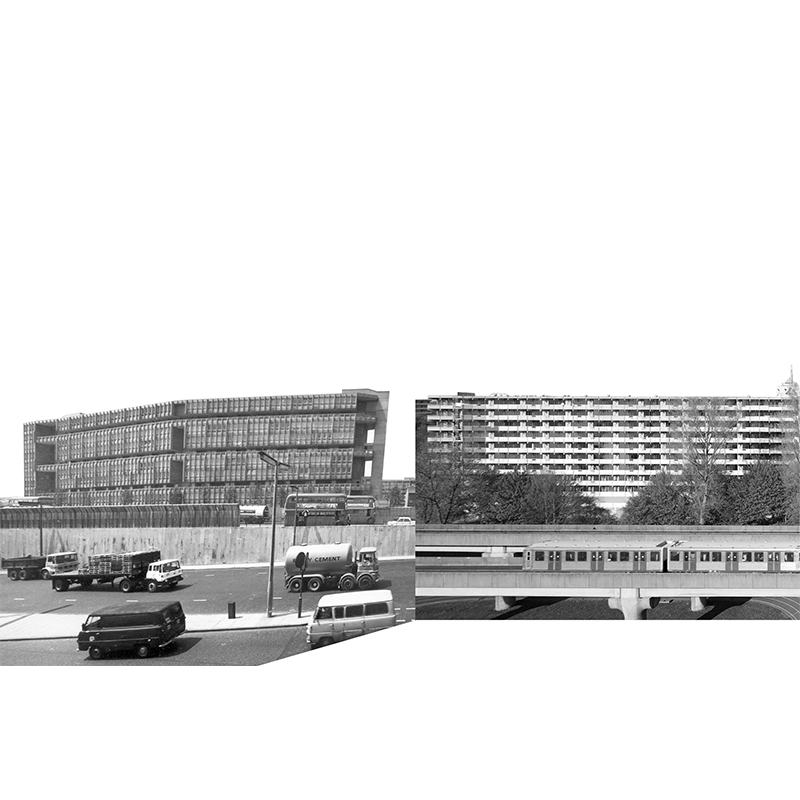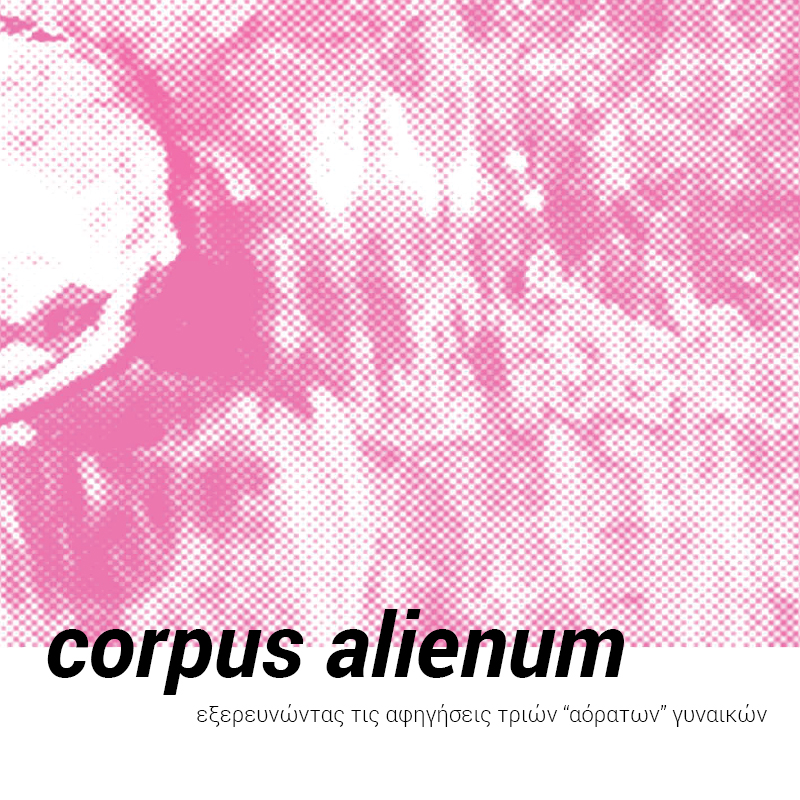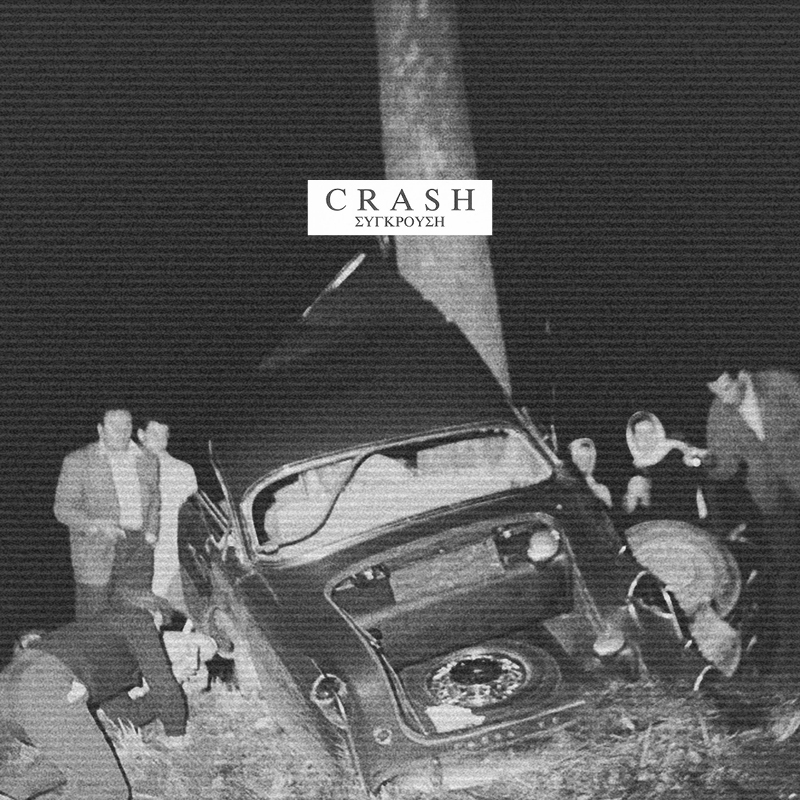

This project examines the role of language within thought, thought itself, and the way an idea is born. It is, in the same time, trying to understand how reality ends to be expressed with symbols within human perception, and how this can be an obstacle in design, mainly through the example of the verbal symbol (word) which is expressed as Name/Title/Notion.
Objects are set as a more specific field of this project. The goal is the examination of the spatial dynamics of the objects and their interaction with humans, as well as the beginning of a debate if redesigning not only them, but their categorizations too, really worth it or not.
The reasoning, finally, ends in a criticism of the community of “Architects”.
In reality, this project doesn’t speak about anything too specific. It urges the reader not to believe in anyone, not even in this project, which questions itself. Hence, it calls for the reader to watch the construction of a theory and then mock it, ascertaining theories as just simple words put together in a given order.
Supervisor: Antonas Aristide
Reference Number: 783


This research work deals with the concept of social housing through two specific projects. The stories of two typical cases of modernism – brutalism, Robin Hood Gardens in London and Bijlmermeer in Amsterdam are being developed, the concepts of social design are studied, but also the role of the factors involved in project management. The first part contains a more general introduction to the concept of social housing. In the second part is presented the history of Robin Hood Gardens, designed by Alison & Peter Smithsons in London in the 1960s. It mentions the characteristics of the design, the socio-political context in which it was created and how it affected it, as well as the reasons that led to its demolition. The third part presents the story of Bijlmermeer, which was built as a city of the future in Amsterdam by Siegfried Nassuth at about the same time. Until the recent renovation of Kleiburg's building in 2016, the planning process as requested by the municipality, as well as the various alternative proposals that have never been implemented, are recorded. In the fourth and final part, the characteristics of the two projects are collected and compared with some conclusions and reflections.
Supervisor: Mitroulias Giorgos
Reference Number: 792


Research objective dynamic shading system evaluation in terms of effectiveness and thermal-visual comfort. Issues such as system basic categorization, materials technology and basic structural principles for system installation are being analyzed. Furthermore, basic mechanical transformations and relevant case studies are being presented. Research is focusing on dynamic shading systems contribution in energy saving, control strategy and users satisfaction level. The last part of the research is dedicated to a new dynamic shading system proposal called symbiont. The proposal includes design and construction blueprints, visual renderings and animations. Energy saving and impact assessment is conducted through Ecotect software. Annual daylight assessment (daylight factor analysis) accomplished through Diva for Rhino software (4.0.2.24 x64, Solema).Model simulation was based on Athens climatic data (GRC_Athens.167160_IWEC).
Supervisor: Tsangrassoulis Aris
Reference Number: 766


corpus alienum (latin) > foreign body (english)
Borrowing the termcorpus alienum from medicine, we noticed that it belongs to the branch of traumatology and develops as a phenomenon with the invasion of a foreign body inside another body. Either the foreign bodies enter and exit immediately or a part of them remains inside the tissues. So the resemblance of this phenomenon with the phenomenon of immigration comes under examination. Specifically, we look into the extent to which the admission of immigrants is acceptable by the Greek community. The definition given to the foreign body is determined by its differences from the one that carries Greek characteristics and it is placed opposite the latter as something unfamiliar, as a foreign body. This position works as a stepping-stone in forming our theoretical frame.
The present research paper tends to deal with the social and territorial intents of immigration under the prism of a gendered approach. It tries to investigate the ways in which narratives, the relocation and the working conditions related to the immigration and gender, generate limits and spaces in the context of national context. It also aims to examine the way in which gender, social class and national identity affect the immigrant women's role not only during mobility, but also in the entire process of shaping the subjects' existence. The necessity of personal contact and conversation with immigrant women was an important contribution to the project. Our aim was to meet in their residences in order to look into their lives. This process gave us the chance to compile and bring their narratives to light. This was achieved in two ways, by recording their stories and by taking photos of all the elements that would constitute the progress of their lives in a personal and social context.
Supervisor: Tzirtzilakis Yorgos
Reference Number: 803


The British science fiction writer, J. G. Ballard (1930-2009), through his dystopian novels, deals with the complex relationship between the man and the world around him, the modern technological landscape and his effect on the human body and psyche. Influenced by surrealism, Freudian psychoanalysis and Gothic literature, Ballard's works explore the delicate line between mind and body. “The biggest developments of the intermediate future will take place, not on the Moon or Mars, but on Earth, and it is inner space, not outer, that needs to be explored. The only truly alien planet is Earth”, he declares.
The novelCrash is one of his most well-known and controversial books, first published in 1973, and seems to be a literal transfer of Andy Warhol's desire “to become a machine” and the Ballard’s statement that science fiction is "the dream of becoming a machine ". The car is used as an extreme metaphor of the capitalist and (ultra) technological world, the symbol of fetishized consumer desires, the ultimate desire of whom, that of self-destruction.
His characters take pleasure from the horror of the car crash and the Freudian death drive becomes a literal goal, in a desperate attempt to escape from the paralytic derivatives of our culture and recover their lost desires and urges. Urges, that at least for Ballard's characters, are worth dying for.
Supervisor: Tzirtzilakis Yorgos
Reference Number: 802


The cinema, having the ability to manage spatial and temporal dimensions of perception and to develop freely throughout space and time, can be considered in a parallel to architecture. The concept of space, as a common denominator of the two arts, contains elements that define the experience of the viewer, whether it is about an architectural building or about a film.
The director, being the person who delimits the filmic space, defines a new reality for the subject-viewer, borrowing numerous elements and tools from architecture. Such an example of a director is the case of Alfred Hitchcock, one of the greatest and most recognized filmmakers of classical cinema. His name is immortalized through the pioneering techniques he used and the elaborate way in which he developed the filmic space.
Nowadays, his work is admired all around the world and constitutes a source of inspiration for young filmmakers and artists of various crafts, with the famous “hitckcockian” style having found a lot of imitators. The “hitchcockian” space, not only portrays a really intriguing environment, but also provides the opportunity for the director to control the spectator’s hidden desires, manipulating him in whichever way he pleases. Holding, justifiably, the title of “master of suspense”, he has been the subject of study for plenty of writers, art critics and analysts in general, for both his personality and his rich filmography, which remains unaffected by time and showcased him as one of the most prominent representatives of the seventh art.
Which are, however, the specific spatial features that govern the “hitchcockian” space, and which are the ways he used them in order to “bring to life” the guilty thoughts of the viewer through the screen?
Supervisor: Papadopoulos Spiros
Reference Number: 797


Living in the era of technology, machinery and automation, we have led to reckless energy consumption and, consequently, to uncontrolled carbon emissions. Οbserving these consequences, Europe has enforced specific regulations whichaim at great reduction ofthese figures. Given thefact that buildings are the most responsible for these emissions, architects have to revise the design principles. Shading as an economic and highly efficient agent,consists a cornerstone in building design for energy saving and solar gainsmanagement. By studying the benefits, function and the adjustmentof shading systems, the overall research results in a new external system, capable of changing and adapting to every facadeand in any external environmental conditions,while satisfyinguser's needsand the aesthetics of buildings.
Supervisor: Tsangrassoulis Aris
Reference Number: 809


Gentrification describes the social, economic and cultural reforms of a region through introduction of private investment and personal capital, resulting in the displacement of low-income populations and replacing them with mdiddle and high urban classes. First, it is located in the urban centers of the Western world and its conception tends to be categorized into two different views, the school of supply and demand. The first examines the process through its economic and social dynamics, while the second focuses on its relationship to consumption tendencies. Additionally, a holistic approach has been developed that conceives both sides as complementary rather than competitive. The geographical expansion of gentrification from the centers to the periphery highlights the gap, the contradictions and the interrelations between the Western and the rest of the world. Some researches correlate this expansion with post-colonial theory and call it the new urban colonialism because of the geographical violence it produces. In addition, it is crucial to refer to the subject as an epistemology of the South, structured in a distance from its western-centric interpretation and related directly to the experiences of the southern populations. In an attempt to focus on an example of a city of the periphery, the examination of gentrification in central Athens is presented through the eyes of the Greek research community. In Athens, the gentrification literature was first used in the late 1980s to analyze the restructuring of Plaka neighborhood and in the early 2000s the term began to be used more frequently for various areas of the center. The research, however, points out a form of gentrification performed in spots and observed in the micro scale. Other types of urban changes have been detected that cannot necessarily identify with the terminology of this phenomenon.
Supervisor: Lykourioti Iris
Reference Number: 833

